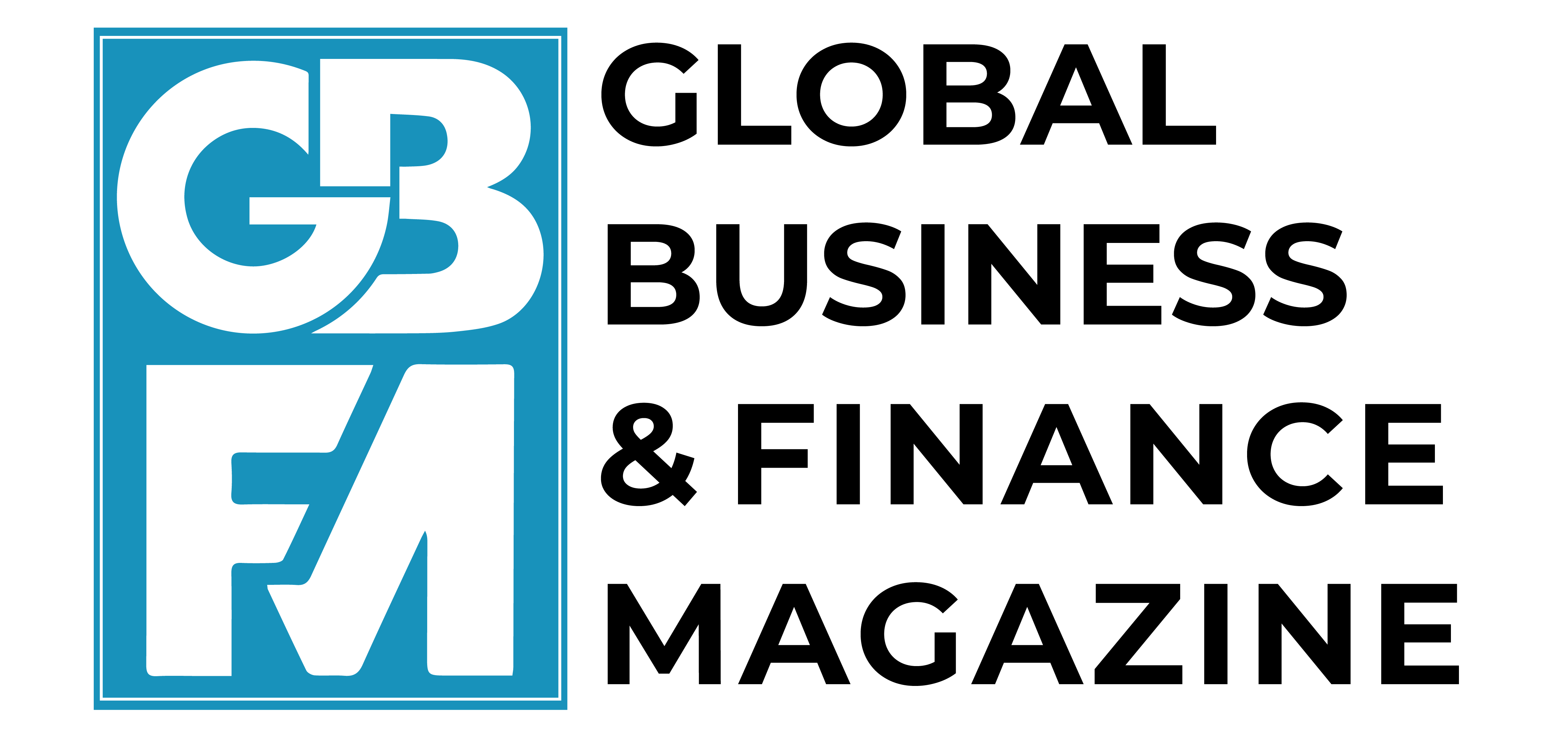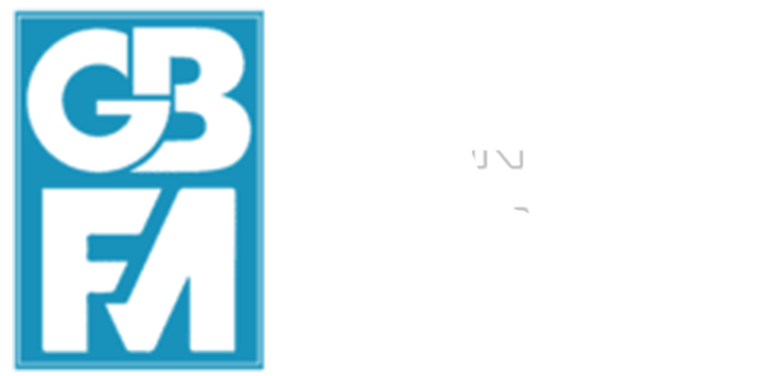Adjusting productivity for carbon emissions: A new perspective on the growth slowdown
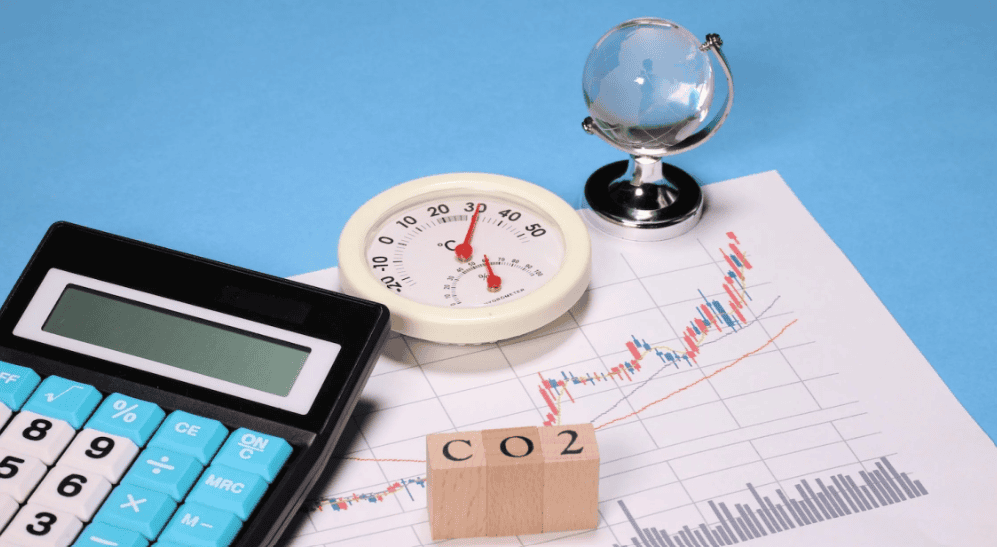
Productivity growth has been lacklustre over the past 20 years in most advanced economies. But standard productivity measures ignore the progress that some economies have
Italy and the cost of unintelligible laws: 110 billion euros a year

Over the past 30 years, laws in Italy have become longer, more convoluted, and frequently unintelligible even to seasoned legal professionals. This column exploits variation
Global shocks, institutional development, and trade restrictions: Learning from crises and recoveries between 1990 and 2022
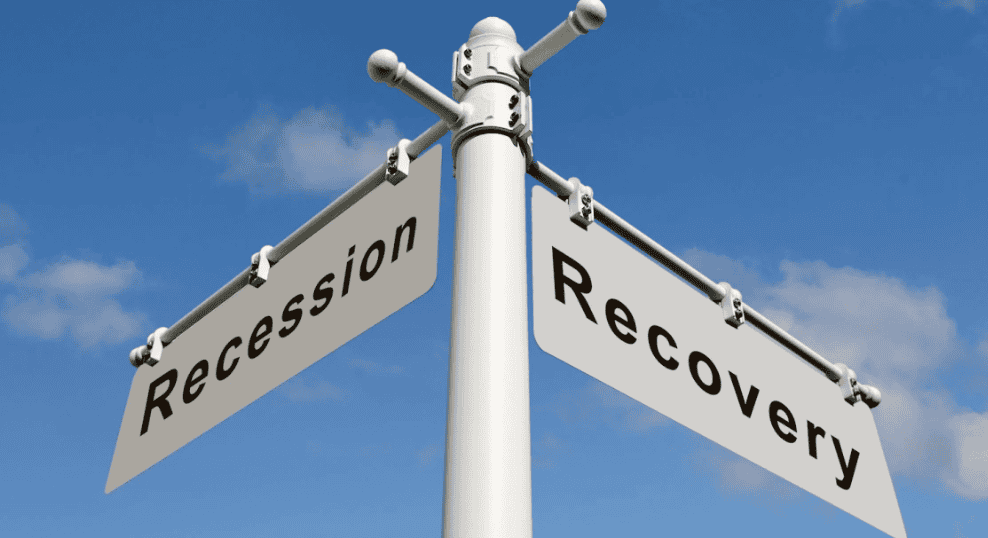
During the past 20 years, the world economy has suffered two major crises in the form of the Global Financial Crisis and the COVID-19 pandemic.
From farm to fork: boosting food security by fixing border bottlenecks

Imagine a truckload of fresh mangoes grown by smallholder farmers in Sri Lanka. The fruit is ripe, fragrant, and ready for export. But instead of
Time to be strategic: How public money could power Europe’s green, digital, and defence transitions

After the June NATO summit, Europe faces greater challenges in funding its green, digital, and defence transitions, as new defence commitments strain national and EU
The post-pandemic disinflation: Low sacrifice, high prices
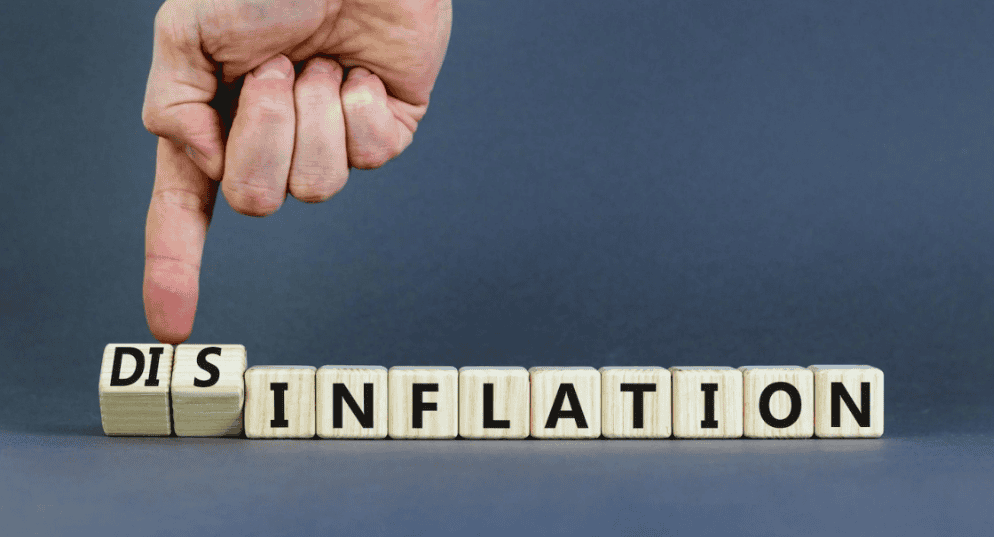
By some criteria, the post-pandemic disinflation was a triumph for central banks in advanced economies: inflation fell sharply from 40-year highs while unemployment rates remained
The time is right to make a European Union-India trade deal happen

Nearly 20 years have passed since the EU and India started negotiations on a bilateral trade and investment agreement. After seven years of intense negotiations,
Climate change, firms, and aggregate productivity

Policy debates around climate change frequently focus on the trade-off between the near-term costs of reducing carbon emissions and the long-term benefits of mitigating climate
Global action without global governance: A four-pillar strategy for climate and nature

Advanced economies alone can no longer determine climate outcomes. Emerging and developing economies – home to two-thirds of current emissions and most of the world’s
Understanding country income: World Bank Group income classifications for FY26 (July 1, 2025–June, 2026)

Every year, the World Bank Group classifies the world’s economies into four income groups: low, lower-middle, upper-middle, and high. These classifications, updated each year on July

